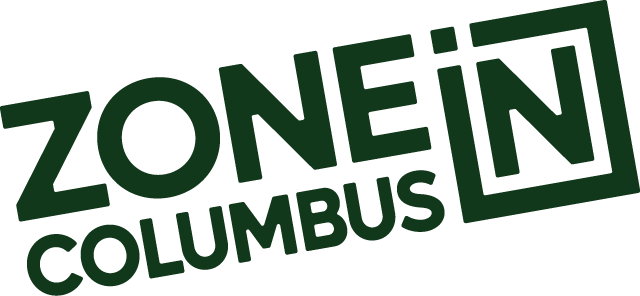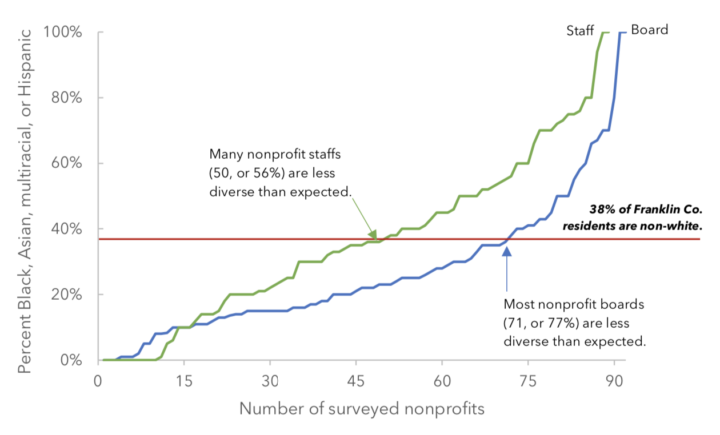City of Dublin, Community Health Assessment & Planning

The Context
The City of Dublin, a leading Central Ohio community, aspires to be “the most sustainable, connected and resilient global city of choice.” This vibrant City recognized an opportunity to enhance the overall wellness of its residents. With a focus on addressing primary health issues and promoting community wellness, the city embarked on a comprehensive initiative to gather insights from stakeholders and residents to inform strategic actions for improving public health.
The Critical Question
What are the primary health needs in Dublin? How can the City of Dublin best improve the health and wellness of its residents?
Our Solution
Illuminology partnered with the City of Dublin to conduct a multi-phase project incorporating qualitative and quantitative research methods and strategic planning. Illuminology has conducted:
- Interviews with stakeholders in community health
- Focus groups with adults, teens, and children
- A representative survey of City of Dublin adult residents, and
- A community convenience sample survey
Illuminology is currently working with the City of Dublin and the project Advisory Committee, a group of community health stakeholders, to use the research findings to identify health needs in the community and generate an action plan to address these needs.
Illumination
The research findings provided the data needed for the important ongoing process of identifying priority health needs in the community and developing actions to address these needs.
Resolution
Armed with insights from Illuminology’s research, the City of Dublin is forging ahead with generating strategic initiatives aimed at enhancing community wellness. The forthcoming action plan will provide a roadmap for implementing evidence-based practices and fostering positive health outcomes for residents. Through collaboration and data-driven decision-making, the Dublin initiative continues to make strides in improving public health and fostering a healthier, more vibrant community.


 Yet staff composition tends to be more racially or ethnically diverse; 44% of 20% nonprofits have staffs with a racial or ethnic composition as diverse as (or more so than) the general population.
Yet staff composition tends to be more racially or ethnically diverse; 44% of 20% nonprofits have staffs with a racial or ethnic composition as diverse as (or more so than) the general population. It’s great to see media picking up different pieces of the story that
It’s great to see media picking up different pieces of the story that